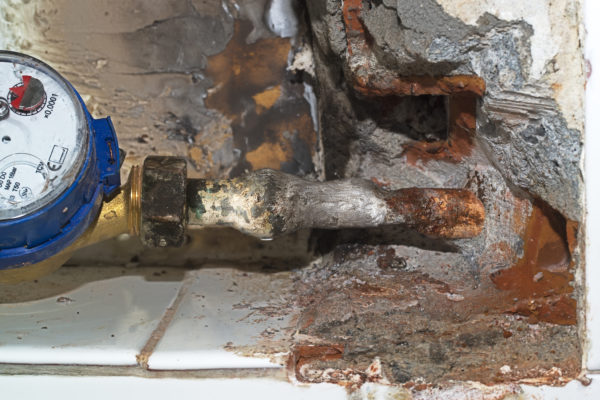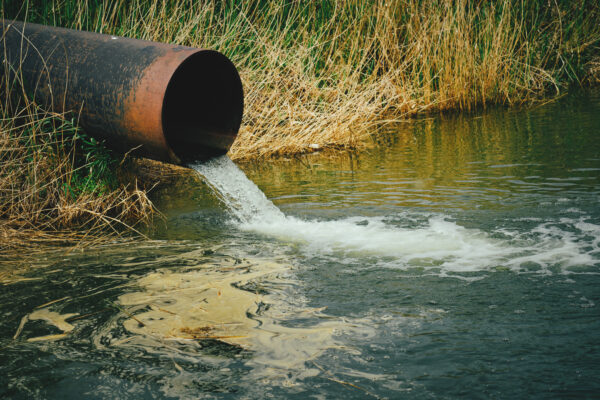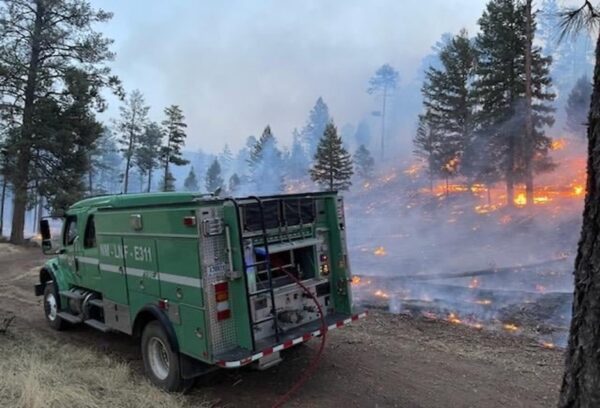Beyond Flint: Updated Lead and Copper Guidance for Public Water Systems

Over the last 50 years, a variety of rules have impacted the amount of lead in drinking water, in addition to monitoring requirements imposed on public water systems (PWS). One might ask, “Why is so much emphasis placed on monitoring and controlling lead levels in drinking water?”
The answer is simple: Lead can negatively affect almost every organ and system in your body. This issue entered into the national spotlight more recently with lead seepage into the drinking water in Flint, Michigan causing a major public health emergency. The Flint water crisis revealed dangerous levels of lead in the drinking water, further propelling the conversations around the dangers of lead. Flint is just one of thousands of communities facing similar challenges.
Lead exposure is especially harmful to young children, pregnant women, and those with compromised immune systems. The Environmental Protection Agency (EPA) has not identified any safe blood lead levels in children, and it can cause impaired mental development, IQ deficits, shorter attention spans, and low birth weights. Lead exposure can also cause increased blood pressure in adults. The degree of harm done to one’s body from lead exposure depends on several factors. A few determining factors to consider are the frequency and dose amount of the exposure, age, and an individual’s susceptibility factors as a whole. Lead is not only found in drinking water, but is also present in the air, dust, soil, and foods we consume, as well as in the paint in homes
The Safe Drinking Water Act (SDWA) of 1974 set a lead maximum contaminant level (MCL) of 50 parts per billion (ppb). In 1986, the Lead Ban amendment took effect, requiring PWS to use “lead-free” pipe, solder, and flux to install or repair any public water supply lines. This Lead Ban included “lead-free” materials in residential homes or commercial facilities connected to a public water supply. Before this ban, solders used for water pipe joints typically contained about 50 percent lead. In 1991, EPA implemented the first Lead and Copper Rule or (LCR) requiring utilities or PWS to monitor for lead contamination in drinking water and to provide corrosion control treatment if lead levels exceed an action level of 15 ppb.
Since 1991, there have been several revisions to the LCR that impose greater responsibilities on utility operators. Why are we talking about this now? Recent actions by the EPA and current administration are accelerating the push to more effectively remove lead from the nation’s drinking water. The reduction of lead levels found in drinking water is at the forefront of the EPA’s current initiative to ensure all Americans receive safe potable drinking water straight from the tap. A Lead and Copper Rule Revision (LCRR) has been in the works for a few years now, changing the roles and responsibilities of utility operators and PWS. On January 15, 2021, the EPA published a regulatory revision to the National Primary Drinking Water Regulation for lead and copper under the authority of the SDWA. A summary of the revision states:
These revised requirements provide greater and more effective protection of public health by reducing exposure to lead and copper in drinking water. The rule will better identify high levels of lead, improve the reliability of lead tap sampling results, strengthen corrosion control treatment requirements, expand consumer awareness and improve risk communication.
For the first time, the summary goes on to state that public water systems will be required to test for lead levels in water at schools and childcare facilities.
Later in January 2021, President Biden issued “Executive Order 13990,” placing a ‘freeze’ on the LCRR published by EPA pending a 60-day review by the Biden Administration. On March 12, 2021, EPA published revisions to the LCRR after the ‘freeze’, which extended the effective date and compliance dates for PWS nationally. If you are not familiar with the Lead and Copper Rule Long-Term Revision, you can find additional information here.
In December 2021, the White House launched the Lead Pipe and Paint Action Plan to deliver clean drinking water through the replacement of lead pipes. The President’s action plan allocates the EPA $15 billion over five years through the Drinking Water State Revolving Funds authorized in the Bipartisan Infrastructure Law for lead service line replacement.
RCAP provides training and technical assistance on these issues. You can reach out to our regional partners for further assistance. If we all work together, we can continue to better protect our youth and community members from the risks of harmful lead exposure!


